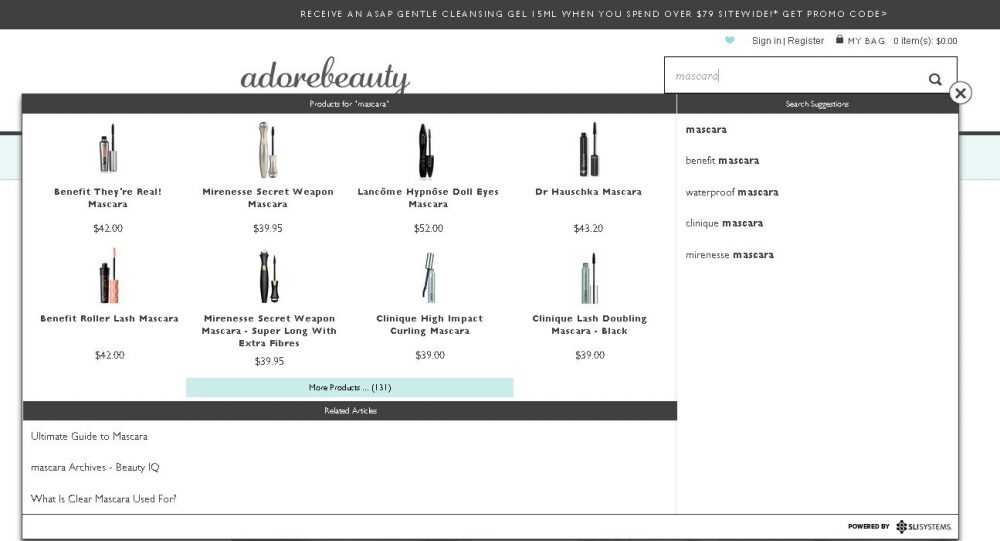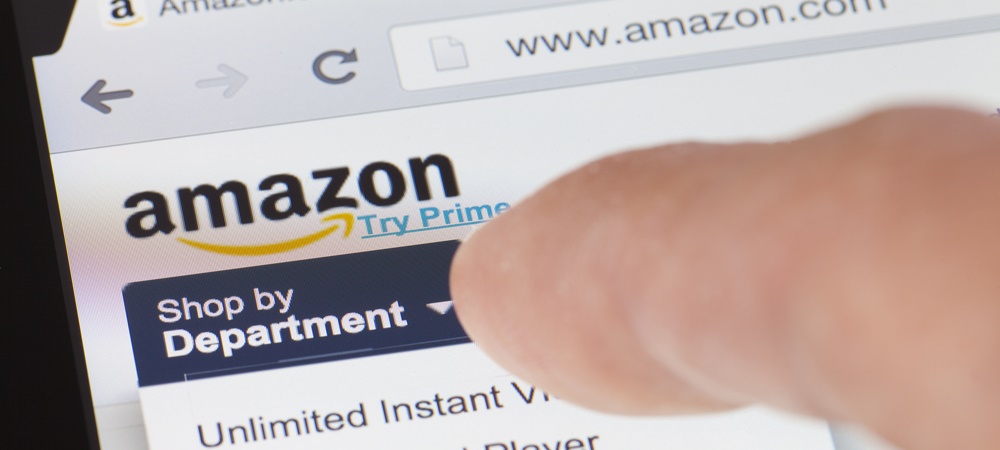It’s looking increasingly likely that this July, online retail giant Amazon will finally arrive on Australian shores. There’s no question that Amazon has changed the face of retail across most of the world, both online and offline. The brand has dominated the American and European market for the last decade, affecting the high street’s once unassailable power.
Taking on Australia is certainly an attractive proposition for Amazon. In the last 12 months, Australians spent $20.8 billion on online retail—equivalent to around 7 per cent of the existing bricks and mortar retail space, and up 14 per cent on the previous year.
The brand hasn’t hidden its thoughts on entering the market. In fact, Amazon recently claimed that it was “going to destroy the retail environment in Australia”. And to some extent, it should feel confident. New research conducted by Nielsen has already revealed that 75 per cent of Australians aged over 18 are interested in purchasing from Amazon’s Australian website, with 56 per cent likely to buy.
This fighting talk may have some Australian retailers fearing the future, but it also represents a key opportunity for local retailers to self-reflect and challenge their current ecommerce approach. In a shifting battlefield, Australia’s greatest ecommerce challenge could ultimately prove to be its greatest strength. Isolated from much of the world and each other, home-grown retailers have been slower to capitalise on international markets. However, local retailers have built close relationships with their customers who value their brand, expertise and service.
Amazon is a retail success for two primary reasons: its competitive price point and its ease of use. The first point can be negated to a degree by the home advantage; existing Australian customers who are wedded to a company’s superior local service. However, loyalty has its limits. Ease of use must also be addressed—and this begins and ends with an optimised ecommerce experience.
Know your customer better than they do
According to a previous study by Nielsen, most website visitors stick around for less than 59 seconds. With attention spans shortening, online retailers must help their shoppers find what they want—and what they don’t yet know they want—as simply and quickly as possible.
Thanks to Google, we all recognise the power of intuitive search. Embedding a strong search function within your website should be at the top of any savvy retailer’s list. Sophisticated search features such as autocomplete and product images that appear as you type can act as a secret weapon, cutting time down from search to purchase. For example, leading Australian cosmetics retailer Adore Beauty uses ecommerce technology to guide its shoppers to the right products from the moment they type in the search box. As a result, the 10 per cent of shoppers who use site search yield more than 30 per cent of the site’s revenue.
Get personal
Once you’ve sorted site search, it’s time to get personal. Promoting relevant product recommendations, tailoring email campaigns, and curating personalised landing pages can deepen engagement, differentiate your brand and drive repeat sales. While Amazon may have pioneered these approaches, local retailers already have a head start, with a wealth of data on customers’ needs and buying patterns that can be harnessed to deliver a highly personalised experience.
Think mobile first
A recent report by PayPal revealed that 71 per cent of Australian consumers are now shopping on their smartphones, with most spending an average $330 per month. It’s clear that optimising your site for the latest smart device is central to any successful ecommerce strategy. You need to enhance the quality on smaller screens, improve speed, and don’t forget the holy grail of mobile shopping: the fewer clicks, the better.
Be what Amazon can’t: An expert in your niche
If you have a blog, how-to videos, social media posts or other content that your customers consume, use these to set your site apart from Amazon. The unique expertise and customer engagement you already have within your industry niche is something Amazon can’t easily match. Think about how great content can improve the shopping experience—give your customers a destination to both purchase a product and learn how to use it.
Use your in-store advantage
As 93 per cent of retail still happens in bricks and mortar stores, and as a physical store is one asset Amazon currently does not have, offline retailers need to ensure they are leveraging their physical presence. One easy tactic is to collect email addresses from in-store customers by offering email receipts. This can be used to market to your customers, drive them to your online or physical store, and develop data to personalise your marketing. You can also use your physical store advantage to combat Amazon’s convenient delivery service; there’s nothing more instant than walking in-store and walking out with what you want.
Gain loyalty through locality
Ultimately, there is no doubt that Amazon presents a daunting challenge to the Australian retail market. But fortunately for Australia, consumers have demonstrated time and time again they value their local offering. To turn local shoppers into buyers and keep them coming back for more, it’s important to invest in a strong online ecommerce presence. With Amazon only at the start of its Australian retail journey, the time to act is now.
Dr Shaun Ryan is the chief innovation officer for SLI Systems.
Want the latest retail news delivered straight to your inbox? Click here to sign up to the retailbiz newsletter.

